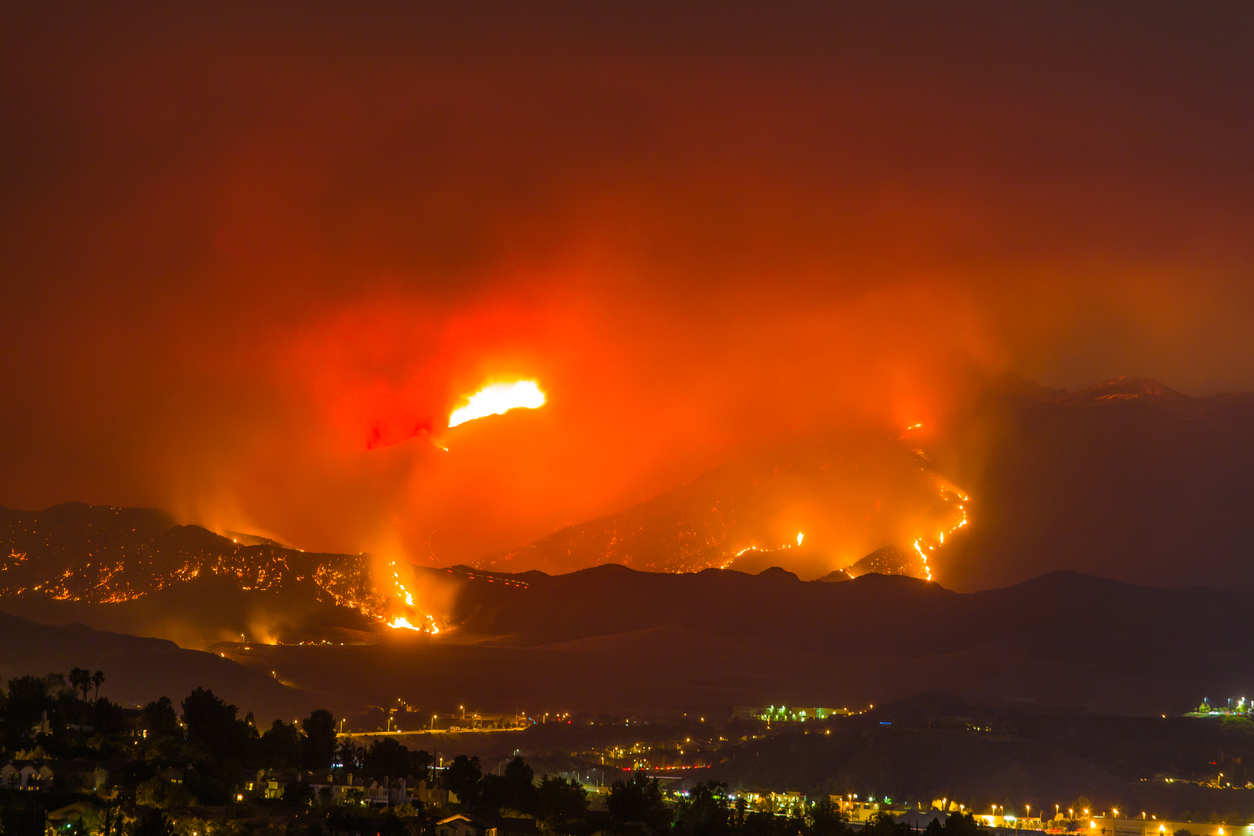There were 19 large fires in the two states, encompassing more than 295,000 acres as of Sunday, according to the Northwest Interagency Coordination Center, which provides logistical and intelligence support for agencies in the region. Some 5,000 personnel were fighting the blazes.
According to the Oregon Office of the State Fire Marshal, the Cedar Creek Fire in the state's central region grew to more than 85,000 acres over the weekend, fueled by strong winds, scorching heat, and dry conditions. According to the agency, it was not contained, and 2,230 homes and 443 commercial structures were threatened.
Residents in the Oakridge, Westfir, and High Prairie areas have been ordered to evacuate. To protect residences, businesses, and critical infrastructure, the fire marshal's office deployed seven task forces and an incident-management team. On Sunday, winds were calming down and temperatures were beginning to cool, helping their efforts.
According to the interagency coordination center, officials ordered evacuations in connection with two other Oregon wildfires, including the state's largest. The Double Creek Fire in the state's northeastern corner covered about 152,000 acres and was only 15% contained.
Evacuation orders were in effect in Washington as a result of the Goat Rocks Fire in the state's south and the Bolt Creek Fire further north. The Snohomish County Sheriff's Office issued a warning Sunday that only about half of those asked to evacuate due to the Bolt Creek Fire had done so.
“We ask that they reconsider,” the office said on Twitter. "The fire is still burning. Today, we need everyone's assistance in protecting lives."
Due to the extreme weather and wildfires, electricity companies in Oregon shut down power to thousands of customers over the weekend as a precautionary measure to avoid increasing wildfire risks. Portland General Electric said Sunday that it had begun restoring power to affected customers, and that by midafternoon, the number of people without power had dropped to around 13,000 people.
According to the National Weather Service, smoke from the fires harmed air quality in parts of both states. However, the agency predicted that a shift in winds and other conditions would push smoke out of the region from west to east.
California firefighters were also battling fires. According to the California Department of Forestry and Fire Protection, the Fairview Fire southeast of Los Angeles covered more than 28,000 acres and was 45% contained as of Sunday.













